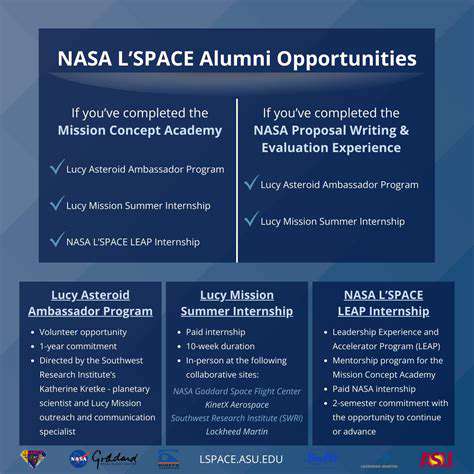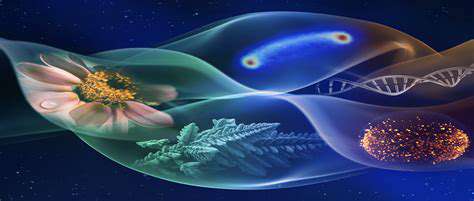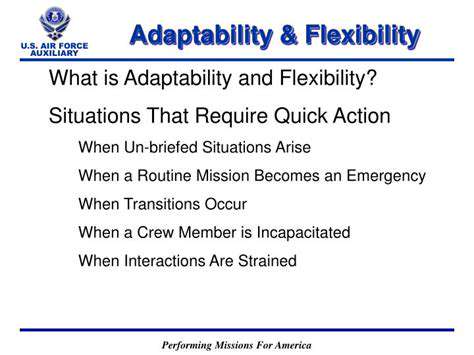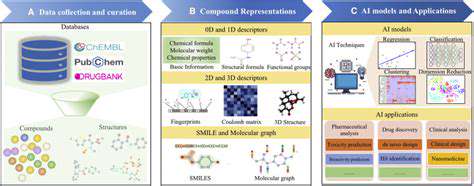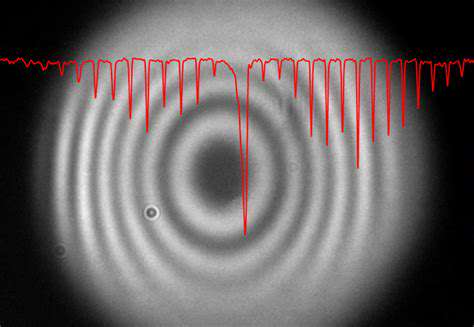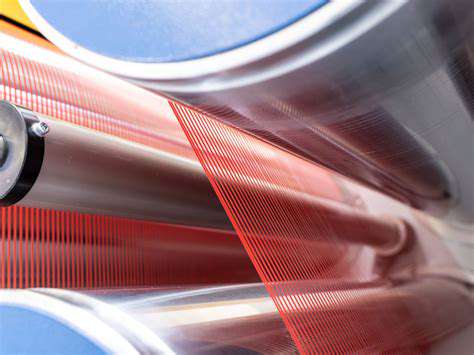The Unique Advantages of Space-Based Environments for Pharmaceutical Research
Reduced Environmental Variables
Space-based environments offer a unique opportunity for pharmaceutical research by minimizing the impact of numerous environmental variables that can influence results on Earth. These variables, including gravity, atmospheric pressure, and even subtle fluctuations in temperature and humidity, can introduce inconsistencies into experimental data. In the microgravity conditions of space, researchers can isolate the effects of specific drug compounds and formulations, leading to more precise and reliable results that might otherwise be obscured by confounding factors in terrestrial laboratories.
Enhanced Drug Stability and Efficacy Studies
The absence of gravity in space provides a unique platform for studying the stability of pharmaceuticals under extreme conditions. Researchers can observe how drugs behave over extended periods without the effects of gravity-related degradation. This allows for a more comprehensive understanding of drug stability and efficacy, potentially leading to the development of more robust and effective formulations that can withstand the stresses of long-term storage or transport. Further, the reduced environmental variables in space allow for precise measurements of drug efficacy in a controlled setting, minimizing variability.
Advanced Materials Science and Formulation Development
The unique conditions of space, particularly the microgravity environment, can inspire innovative approaches to materials science and drug formulation development. Researchers can explore the formation of new crystal structures and novel drug delivery systems that are not possible on Earth. This can lead to the development of more effective and targeted therapies that are optimized for specific physiological conditions. For example, space-based experiments can help researchers understand how different materials react and interact in the absence of gravity, providing valuable insights for developing new drug delivery systems.
Improved Biomolecule Research
Space-based research provides a unique opportunity to study biomolecules in a controlled environment. The absence of gravity can alter the behavior and interactions of proteins, leading to new insights into their structure and function. These insights can be critical for understanding disease mechanisms and developing novel therapeutic strategies. By studying biomolecules in space, researchers can gain a more profound understanding of their behavior and interactions, leading to breakthroughs in medicine and biotechnology.
Minimized Contamination and Enhanced Purity
The isolated nature of space allows researchers to conduct experiments with significantly minimized contamination compared to Earth-based facilities. This is especially important in pharmaceutical research, where the purity and integrity of samples are crucial for accurate results. The absence of terrestrial contaminants in space-based environments enables researchers to precisely study the effects of specific compounds, leading to more reliable conclusions and potentially faster development of new drugs and therapies. The controlled environment of space minimizes the risk of experimental error due to uncontrolled variables.
Addressing Challenges in Traditional Drug Development with Space-Based Research
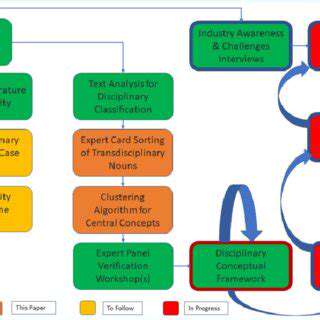
Preserving Cultural Heritage
Maintaining traditional practices and values in the face of modern influences is a significant challenge. Preserving cultural heritage is crucial for maintaining a connection to our past and understanding the evolution of human societies. This often involves navigating complex issues like balancing tradition with progress, ensuring that younger generations embrace and understand these practices without losing their inherent meaning.
Many traditional practices are intertwined with specific environments and resources. Adapting these practices to changing environmental conditions while still honoring their historical significance is a delicate balancing act. Finding sustainable ways to preserve these traditions, while also ensuring their long-term viability, is a key aspect of this challenge.
Adapting to Modernity
Traditional practices often face challenges when confronted with the rapid pace of modern life and technological advancements. Keeping these traditions relevant in a constantly evolving world requires innovation and creativity. This includes finding ways to incorporate modern methods and technologies into traditional practices without compromising their core values.
Successfully adapting to modern life often involves exploring new avenues for transmitting and sharing traditional knowledge. This may involve integrating traditional stories and skills into educational systems or creating digital platforms to promote cultural exchange. Crucially, this adaptation must respect and honor the integrity of the tradition.
Intergenerational Transmission
Ensuring the continuity of traditional practices across generations is vital for their long-term survival. This involves cultivating an interest and understanding of tradition within younger generations, which can be challenging in rapidly changing societies. Making traditional practices engaging and accessible to younger audiences is a significant factor in their successful transmission.
Effective communication plays a crucial role in bridging the gap between generations. Sharing stories, demonstrating skills, and fostering a sense of community around traditional practices can help instill a deep appreciation for the past within younger individuals. Active participation and engagement are essential for ensuring that traditions are not lost to time.
Economic Sustainability
Many traditional practices are deeply intertwined with the local economy. Maintaining economic viability in the face of globalization and changing market forces presents a unique set of challenges. Exploring new avenues for economic growth while preserving traditional practices is a critical aspect of addressing these issues. This may involve finding new markets for traditional goods or developing sustainable tourism models that respect the cultural heritage of a region.
Supporting local artisans and craftspeople who maintain traditional skills is crucial for ensuring their continued economic viability. The preservation of these skills and the products they create are often essential to the economic health of a community. Creating sustainable income streams for those who practice these traditions is vital for their long-term survival.
Harnessing Space-Based Resources for Biomaterial Research and Drug Screening
Exploring the Potential of Lunar and Asteroid Materials
The Moon and asteroids harbor a wealth of unique minerals and elements, including rare earth metals, which could revolutionize biomaterial development. Researchers are actively exploring the potential of lunar regolith and asteroid samples to create novel biocompatible materials for tissue engineering and regenerative medicine. These extraterrestrial materials may offer superior properties in terms of strength, bioactivity, and biodegradability, ultimately leading to more effective and durable implants and scaffolds. Preliminary studies suggest promising results, paving the way for future investigations into their use in advanced medical applications.
Beyond biomaterials, the unique composition of these extraterrestrial resources could also prove valuable in drug screening. The presence of specific elements or compounds may interact with potential drug candidates in ways that are not possible on Earth. This could lead to the identification of novel drug targets and the development of more effective treatments for various diseases. The extreme conditions and unique chemical environments found in space may offer clues to the development of new pharmaceuticals with enhanced efficacy and reduced side effects.
Developing Space-Based Drug Screening Platforms
The unique microgravity environment of space presents a novel platform for conducting drug screening experiments. Researchers are investigating the possibility of establishing space-based laboratories equipped with specialized equipment for drug testing and biomaterial characterization. This could unlock new avenues for identifying compounds with specific biological activities, accelerating the drug discovery process. The absence of terrestrial gravity, and the potential for controlled exposure to cosmic radiation, could lead to the discovery of entirely new drug candidates.
Further, space-based research could contribute to a deeper understanding of the fundamental biological processes that govern disease. By studying biological systems in the unique environment of space, scientists may uncover previously unrecognized mechanisms and pathways, leading to the development of more targeted and effective therapies. This approach has the potential to revolutionize our ability to diagnose and treat a wide range of illnesses, offering a unique perspective into the intricate workings of life.
Utilizing space for drug screening and biomaterial research presents an exciting frontier in scientific exploration. The unique conditions in space offer unparalleled opportunities to advance our understanding of biology and materials science, ultimately leading to the development of innovative treatments and technologies with far-reaching implications for human health.
The possibility of utilizing space-based resources in biomaterial research and drug screening is a burgeoning field with great potential. The challenges of space exploration and resource utilization are significant, but the rewards could be transformative.
This research necessitates careful planning, international collaboration, and significant investment in space technology and infrastructure.
